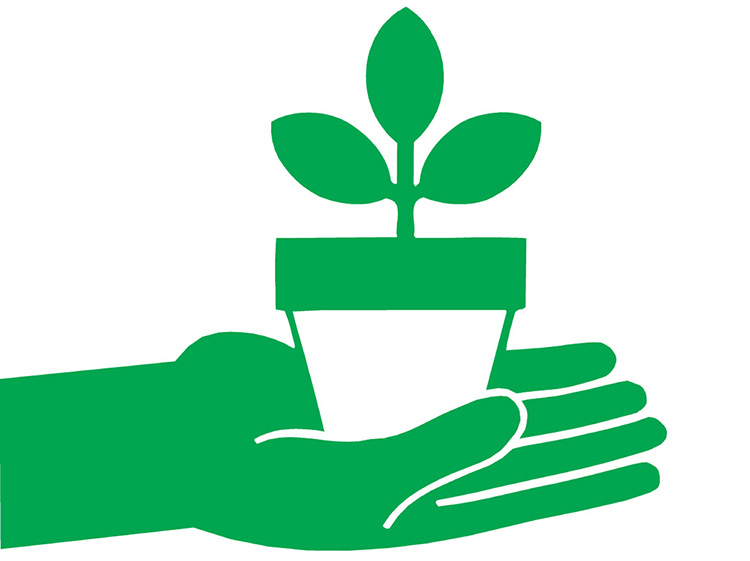
By Mary Jane Frogge, Extension Associate, Lancaster County
In July, a garden needs one inch of rain or water each week. Early morning is the best time to water. Evening watering is less desirable because plant leaves that remain wet through the night are more susceptible to fungus diseases. Mulch plants to reduce water losses and improve yields.
Check the soil moisture of container-grown vegetables and flowers daily. As the temperature rises, some plants may need water twice a day.
Many plants are easily propagated by layering in July. Euonymus, verbenas, English ivy and climbing roses are a few plants that will root if the stems are fastened down and covered with soil.
For fall harvest of lettuce, radish, carrots, beets, turnips, kale and spinach, sow seeds in late July to early August.
Continue to make successive plantings of crops like beans and sweet corn to provide a continuous harvest until fall. A small garden will produce a large quantity of vegetables if replanting is done throughout the summer.
A brown or grayish cast over a lawn can be caused by dull or improperly adjusted mower blades that shred grass rather than cut it.
Store pesticides in a safe place in their original containers, away from children and pets. Use pesticides carefully in your garden. Read the labels and follow the directions. The warnings and precautions are for your protection.
Certain pesticides have a waiting period of several days between the time of the last spray and harvest. Read and follow directions on all labels before applying to your vegetable crops. Wash all produce thoroughly before use.
For maximum landscape interest in a small, vertical space, try annual vines. They can disguise ugly walls and fences. When trellised, they can create shade and privacy while hiding undesirable views. Try morning glory, nasturtium vine and scarlet runner bean.
Cutting flowers is best done with sharp pruners which will help avoid injury to the growing plant. A slanting cut will expose a larger absorbing surface to water and will prevent the base of the stem from resting on the bottom of the vase. It is best to carry a bucket of water to the garden for collecting flowers.